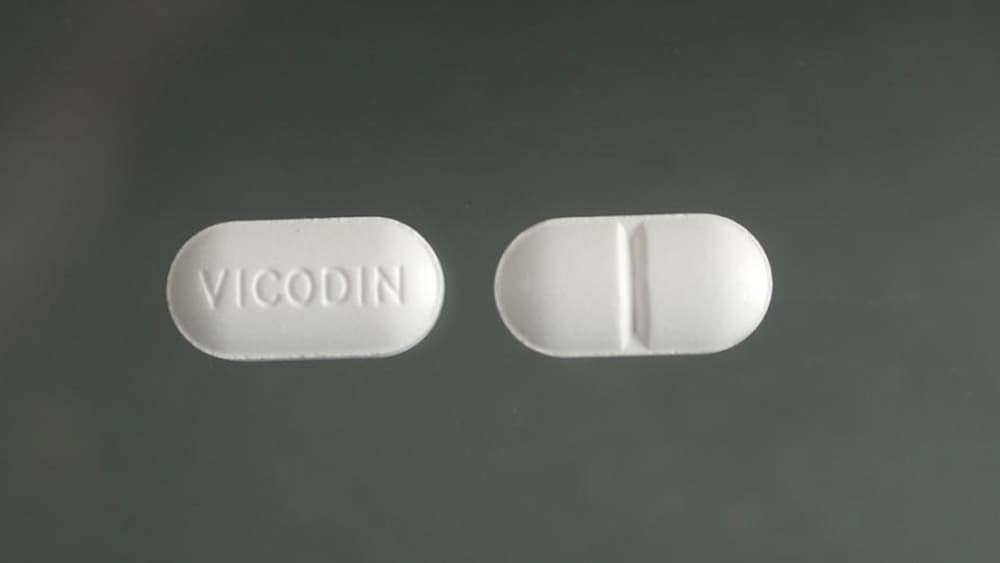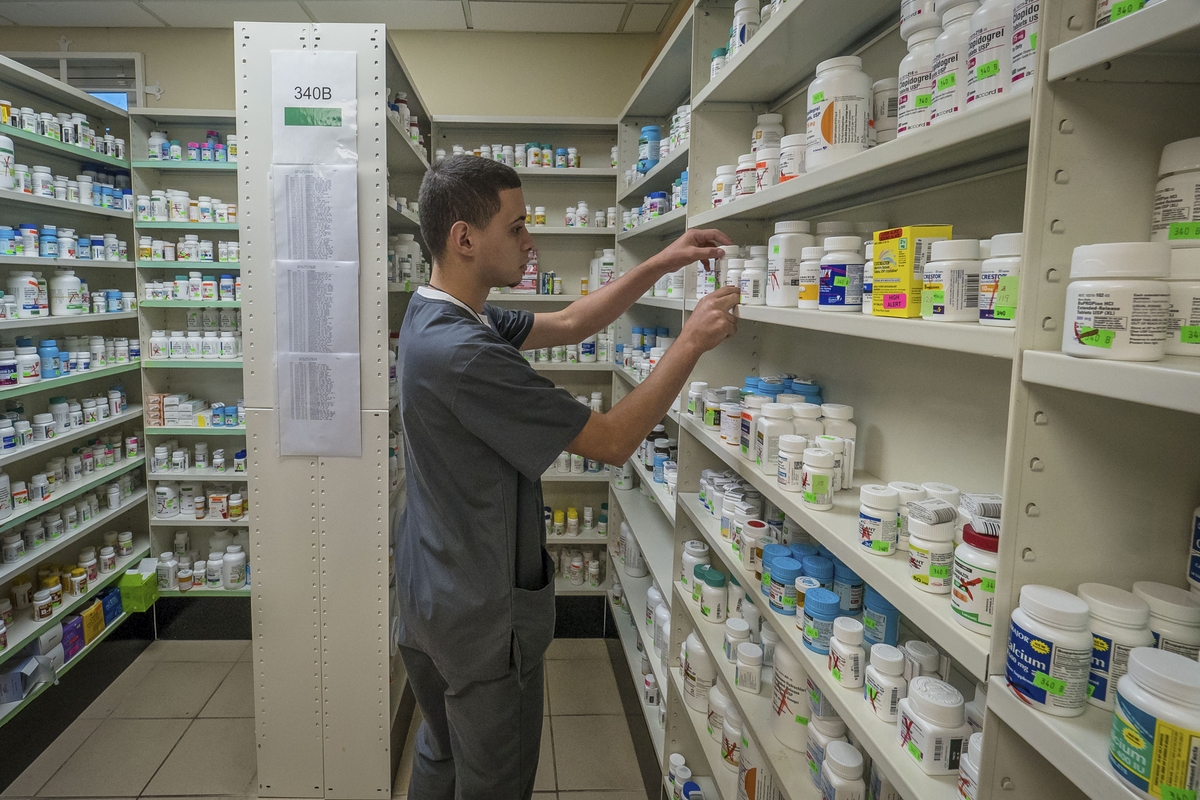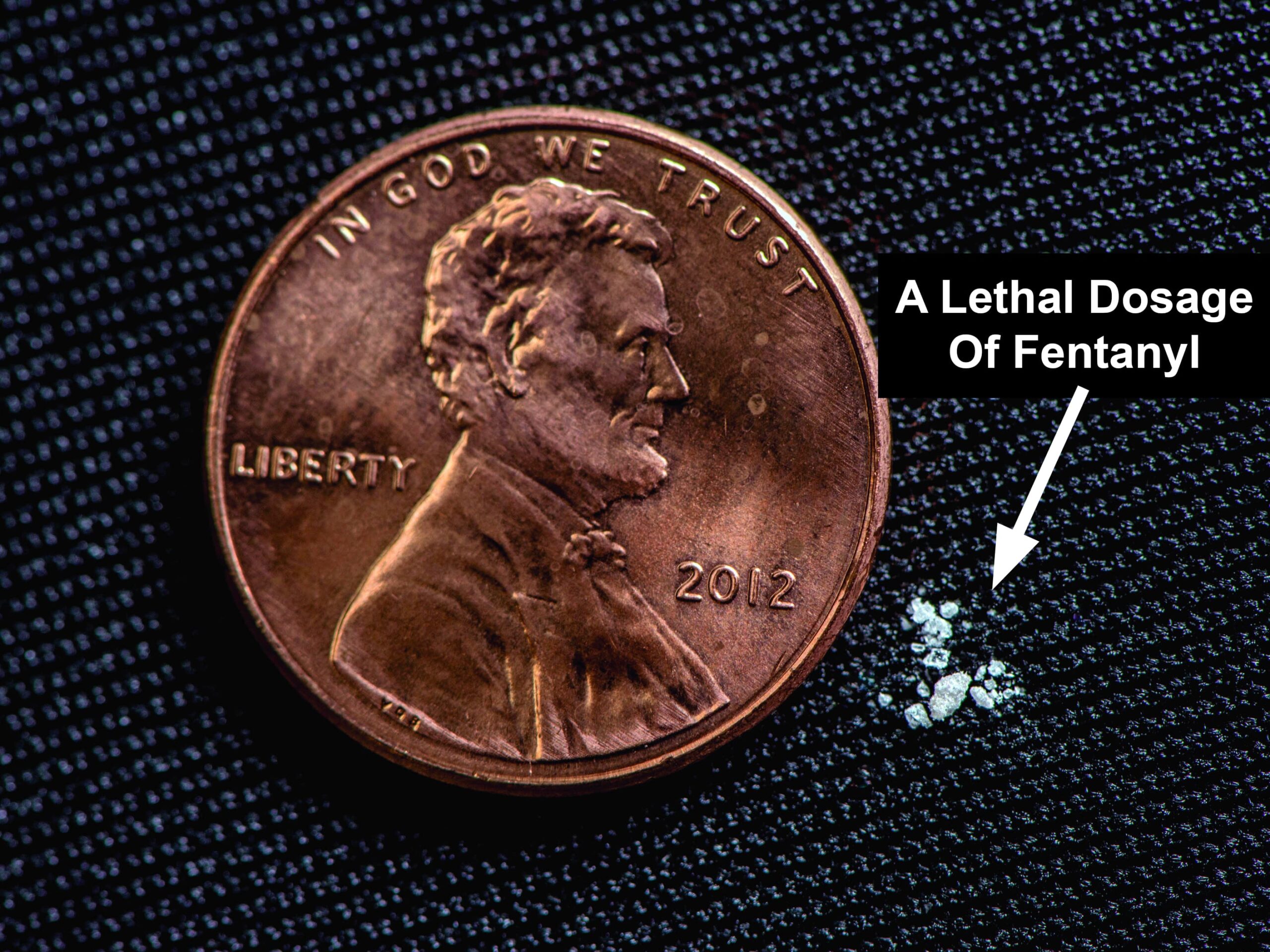About Opioids & Opiates

Opiates
Opium, Morphine, Codeine, Heroin
Opiates are drugs created from the opium poppy. This includes drugs like opium, morphine, codeine, and heroin. Drugs created from the opium poppy plant have been used as medicine and also misused both in ancient history and all the way to the present day.

Opioids
Oxycodone (Oxycontin), Hydrocodone (Vicodin), Methadone, Fentanyl
Synthetic opioids are drugs made in labs. The chemical structure and effects of these opioids are related to those of natural opiates. Drugs in this category include oxycodone (Oxycontin). Hydrocodone (Vicodin), Methadone, and Fentanyl.

Narcotics
Narcotic is a word often used by the medical community to describe any opioid or opiate. The word narcotic is also used by law enforcement to refer to any illegal drug.
How do opiates and opioids work in the body?
All people have opioid receptors in our brains. Our bodies actually produce a small amount of natural opioids that bind to those receptors to help us deal with pain and calm us down. Prescription opioids bind to these same receptors.
Prescription opioids are much more powerful than the ones our bodies naturally produce, so they can overwhelm our system. Binding to some of these other receptors can strongly reduce the sensation of pain, create drowsiness, mental confusion, and nausea, as well as euphoria. For more information, visit ScienceLine’s description of “Your Brain on Opioids” or watch this video:

Why are these drugs used legally?
These drugs have been legally prescribed to help with severe pain, but they can also produce a heightened sense of pleasure or euphoria for some people.
- When these drugs are prescribed by a healthcare professional and used as directed, they can have beneficial effects like:
- Pain relief
- Decreased cough
- Sedation (for things like surgery)
What are some negative effects of Opioids?
These drugs cause euphoria, a feeling of intense excitement or happiness, which makes someone want to take more of the drug and can cause addiction. When someone uses opioids for a long time they develop tolerance, where they would need to take more and more of the drug to get the same feeling. Eventually, someone can develop dependence, where they need the drug to function, without feeling sick from withdrawal.
Using opioids can change the brain’s opioid receptors. Your brain may become hard-wired to seek opioids to maintain its new normal.
Withdrawal from opioids makes people feel awful, and can include:
- Shakes
- Diarrhea
- Agitation
- Severe cravings, which put someone at high risk of using again and overdosing.

How do they kill?
These drugs can cause someone to stop breathing or slow their breathing so much that the body does not get enough oxygen.
A very small amount of these drugs can kill, especially for someone without a tolerance.
Fentanyl pills made on the black market can look just like a prescription pill, but illegally manufactured pills vary in their potency and can include other drugs like xylazine. Xylazine is an animal tranquilizer that is sometimes mixed into street drugs like fentanyl… We are increasingly seeing black market pills that include this animal tranquilizer, and there is no way to tell if an illegal drug has xylazine without a chemical test. From the outside, they may look exactly the same.
Illegal fentanyl pills that include xylazine increase the risk of overdose and death. Overdose-reversing drugs like Narcan do not work on Xylaxine. There is no known antidote to xylazine poisoning in humans.
Why is Fentanyl worse than previous epidemics of other drugs?
Fentanyl is fifty times stronger than heroin. This means a very small amount can kill you. Because of poor quality control, many fentanyl-containing pills on the street contain a dose that can kill someone who hasn’t developed a tolerance to the drug. Fentanyl is also very inexpensive and easy to get on the black market compared to other illegal drugs.
